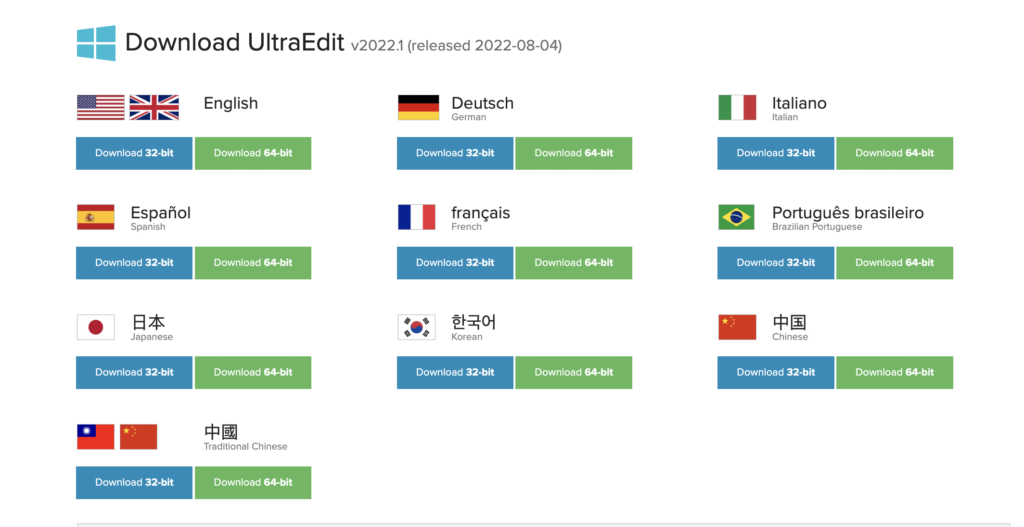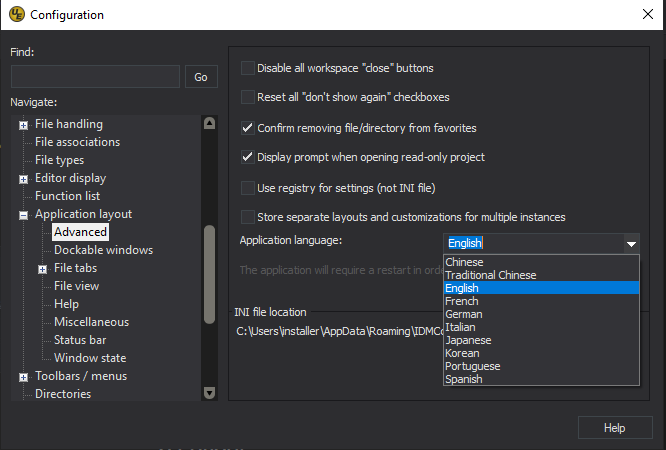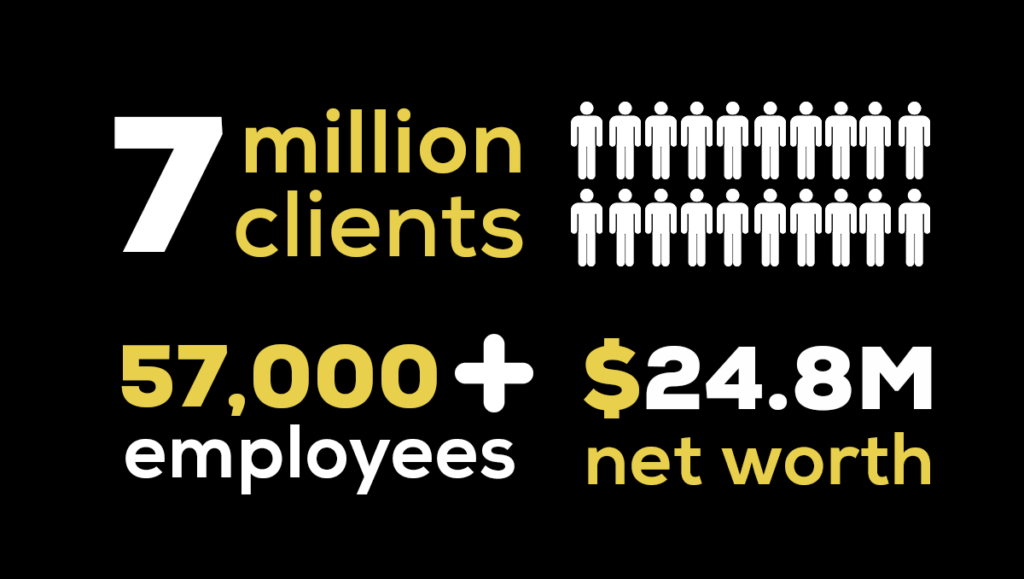A company who is a long-term UltraEdit customer had issues with software deployment due to a regulatory change. Running out of options, they reached out to the UltraEdit team for a more dedicated solution.
The needs of enterprise users require relatively more flexibility and customizability so the UltraEdit engineers collaborated with the company’s engineering team to find an effective solution.
This is an account of how UltraEdit was able to accommodate a specialized request from an enterprise customer that saved the company dozens of hours on software deployment and configuration.
Who they are:
The client in question is a century-old North American financial services company with over 57,000 employees. They provide investment, credit, and financial services to around 7 million clients across 300 communities.
They operate as a multi-faceted financial institution large enough to house “companies within the company”. As such, they have a varied portfolio in terms of software—all of which require an equally varied number of development tools.
UltraEdit (UE)is one of the tools that the company uses. Many of the company’s developers have been power users of the editor since 2003. With it, they execute a diverse range of tasks such as working on large projects, reading and editing large data files, and writing bespoke applications and source code for the company’s internal use.
An engineer mentioned that performance and large file handling were key for many of their developers’ work such as mobile app development, web platform programs, and some internal development for financial operations among others.
Note: We thank the company for answering our product questions and agreeing to share their use case. We respect their request to conceal the identity of the company for whatever reason they deem necessary.
The problem:
New regulations prompt the company to comply
In June 2022, the local government where the company was based had tightened regulation concerning the availability of language options in software. For context, the province in question had two main spoken languages, and according to the new law, companies and their software should be able to provide both options for its employees.
UE does support both languages but the problem lies in the distribution and installation of software. The new regulation also meant that the company had to redeploy UE in the other language, or at least provide users with the option of doing so themselves.

Traditional UE installers require users to choose a language version to install.
As a large enterprise with over hundreds, if not thousands, of developers, the software procurement and deployment team needed to systematize how software was shipped in an employee’s system.
This presented an important decision for the company. They needed an enterprise solution that was scalable, cost-effective, and must also be manageable and accessible by the IT team whenever necessary.
Finding the optimal solution
Some of the engineers tried to solve the problem internally. They tried working with the traditional UE installer that categorized the product by language depending on the specific user. (e.g. choosing either an English or French version and installing that).
While this worked, it wasn’t a complete solution because some users preferred one language over the other, and they needed to manually uninstall, reinstall, and configure the language configuration files. This simply wasn’t sustainable for managing thousands of systems. It quickly became obvious that they needed a different approach.
So instead of doing it themselves, they reached out to the product engineers at UE for assistance.
The UE engineers discussed the requirements and concerns of the company. They worked in collaboration to find the most suitable and cost effective solution.
After a few strategy calls and product tinkering, the UE team provided an all-in-one version of the UE installer that was customized to the company’s specifications. It had the following advantages:
- A Multilingual User Interface (MUI) installer
- Automated language detection and selection within the new installer
- A new option to configure language in the tool itself
This allowed the software deployment team to quickly and silently deploy versions of UE that automatically had the preferred language setting pre-selected. Furthermore, some control was transferred to the end user so they can change it when necessary.

Users can select which language is displayed without reinstalling a different version.
Results
Each installation process was now isolated and could be set individually by the software procurement and deployment team. The new installer automated the fix for the language issues during deployment. This solved the scalability issue that the engineers were facing.
Simultaneously, the language setting could also be hot-swapped by the user themselves using the new UI. This solved the flexibility issue.
These seemingly minor changes virtually eliminated 60% of the laborious process, saving dozens of work hours. It also provided a more robust setup that will need less attention from the software management team in the future.
Acquiring other tools is always an option but having a streamlined environment is often preferred, especially for top-down enterprise setups. An analogous set of tools also minimizes the learning curve for new users. Lastly, being able to leverage extensive support for a company’s specific needs is a must-have in today’s fast-paced environment.
These are just some of the benefits of having software optimized for scalability, as well as the importance of the availability of expert support for business and enterprise users.




It would be great if this feature would find its way into the official builds.
I myself work partly with English and German speaking teams who also all use UE, it would be great if I could switch my interface from one language to the other so easily instead of having to deal with virtual machines.
Hi Jurgen,
Thanks for the feedback. I have notified product management. Please expect this feature sometime in 2023!
And please email me at [email protected] if you have any other requests/suggestions.